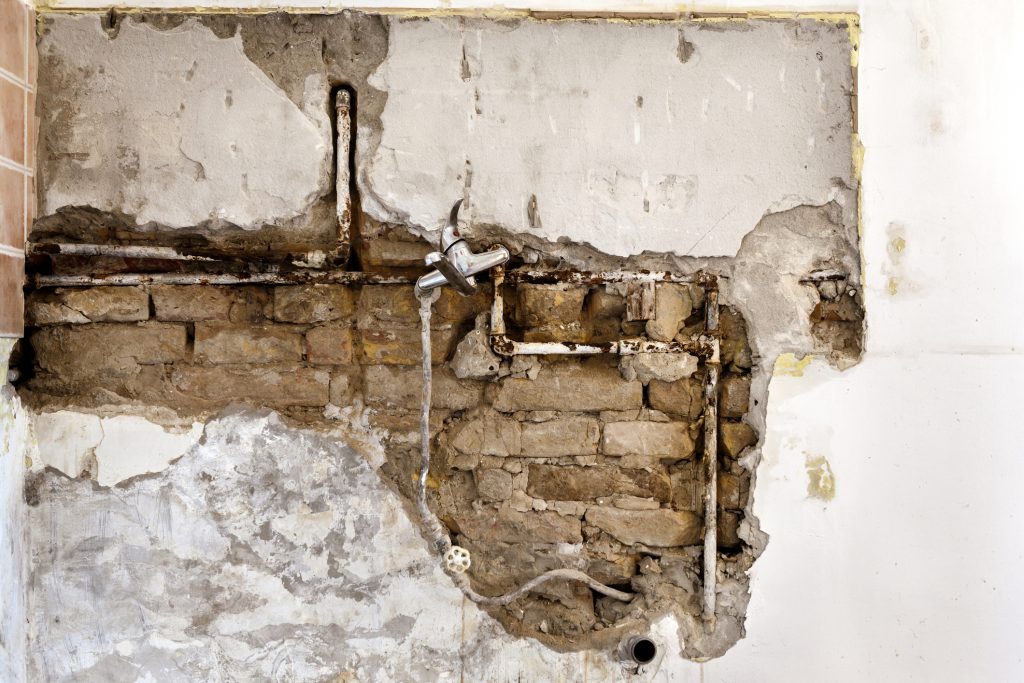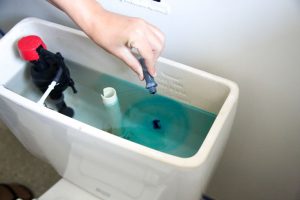Unusually High Water Bill? Here’s What to Do Next
October 11, 2018
Did you receive a water bill that seems much higher than it should be? Does the bill show that your water use increased by a significant amount?
When water passes through the meter and is recorded, customers are billed based on the amount recorded by the meter. A water bill that is suddenly significantly higher may indicate there’s a leak somewhere inside the home. Unless you’ve filled a swimming pool or watered your lawn for several days in a row, it’s definitely worth looking into! A service line leak or main break will not contribute to a high bill because the water is not passing through your water meter. The meter records water that passes through it, but where it’s going after that may need some investigation.
Check Your Usage
First things first: Look back on your water usage over the billing period in question.
- Was it during some of the summer months, when you were watering your lawn frequently or filling a swimming pool?
- Is it possible you left a soaker hose running in the garden for a significant period of time?
- Does the bill include dates when you had extra house guests for an extended period of time?
- Did you have any plumbing work done over the billing period?
- Do you remember any other plumbing issues that you resolved during this time, such as a water softener cycling too often or a toilet flapper that needed to be replaced?
- Do you have a filter or other treatment device anywhere in your home? Check it to make sure it is working properly.

A few drops of food coloring can be used to detect toilet tank leaks. Look for Leaks
Now it’s on to step two: Check for obvious leaks. One not-so-obvious place is your toilet tank. Toilets with a bad flapper can be a silent leak and one of the biggest culprits of water loss. It’s easy to test, though: Just put a few drops of dark food coloring — blue or green works best — in the tank (not the bowl!), then wait about 10 minutes without flushing. If the dye appears in the bowl, you’ve got a leaky flapper that needs to be replaced.
Monitor Your Meter
You can read your water meter yourself to monitor usage at different times of day, when you know your household is using water or not. A good time to monitor is during overnight hours when everyone is sleeping and water is not being used. Check the meter reading at night before bed, then again in the morning. If there is significant use recorded, you probably have a leak somewhere. (For digital meters, simply use a flashlight to activate the panel to take a reading. A cell phone flashlight works just fine.)
Contact Us
If there are no obvious leaks, and no obvious answers, it’s on to step three: Contact our Customer Care team (of course, you can contact our Customer Care team at any time). They can provide information and additional trouble-shooting tips. You can also read our customer troubleshooting guide for more information.
Call a Plumber
If you still aren’t able to determine the cause, it’s time for step 4: Hire a plumber. Customers are responsible for internal plumbing, and a plumber will help determine if there’s a leak somewhere in the house.
What’s Your Footprint?
Finally, if you water bills are consistently high, it might be time to reevaluate your usage. You can start by checking your water footprint — use the worksheet included in the customer troubleshooting guide, or use a water footprint calculator like the one at the link.